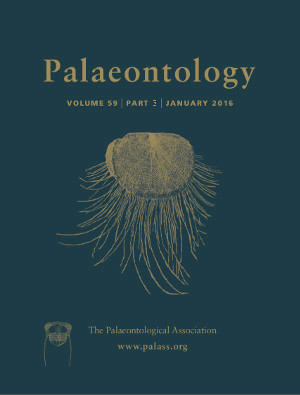Reg. Charity No. 1168330

Fossil melanin granules (melanosomes) are an important resource for inferring the evolutionary history of colour and its functions in animals. The taphonomy of melanin and melanosomes, however, is incompletely understood. In particular, the chemical processes responsible for melanosome preservation have not been investigated. As a result, the origins of sulfur‐bearing compounds in fossil melanosomes are difficult to resolve. This has implications for interpretations of original colour in fossils based on potential sulfur‐rich phaeomelanosomes. Here we use pyrolysis gas chromatography mass spectrometry (Py‐GCMS), fourier transform infrared spectroscopy (FTIR) and time of flight secondary ion mass spectrometry (ToF‐SIMS) to assess the mode of preservation of fossil microstructures, confirmed as melanosomes based on the presence of melanin, preserved in frogs from the Late Miocene Libros biota (NE Spain). Our results reveal a high abundance of organosulfur compounds and non‐sulfurized fatty acid methyl esters in both the fossil tissues and host sediment; chemical signatures in the fossil tissues are inconsistent with preservation of phaeomelanin. Our results reflect preservation via the diagenetic incorporation of sulfur, i.e. sulfurization (natural vulcanization), and other polymerization processes. Organosulfur compounds and/or elevated concentrations of sulfur have been reported from melanosomes preserved in various invertebrate and vertebrate fossils and depositional settings, suggesting that preservation through sulfurization is likely to be widespread. Future studies of sulfur‐rich fossil melanosomes require that the geochemistry of the host sediment is tested for evidence of sulfurization in order to constrain interpretations of potential phaeomelanosomes and thus of original integumentary colour in fossils.